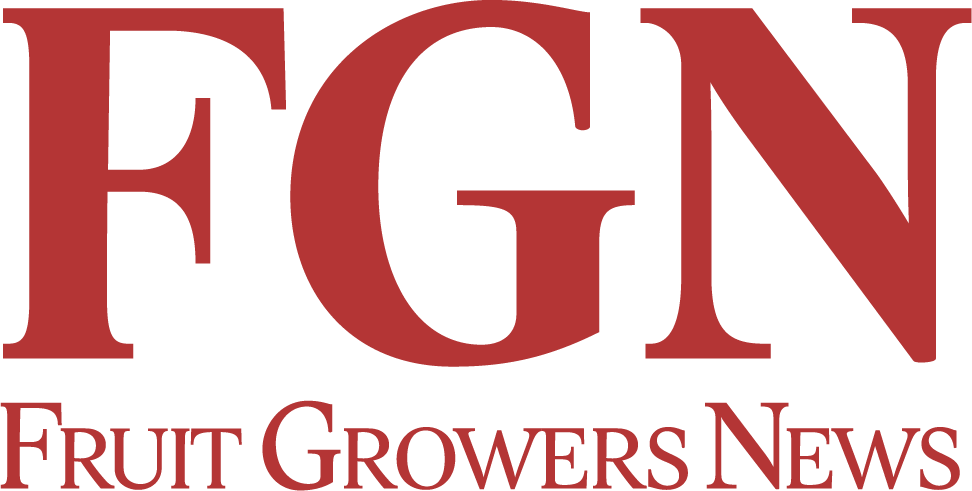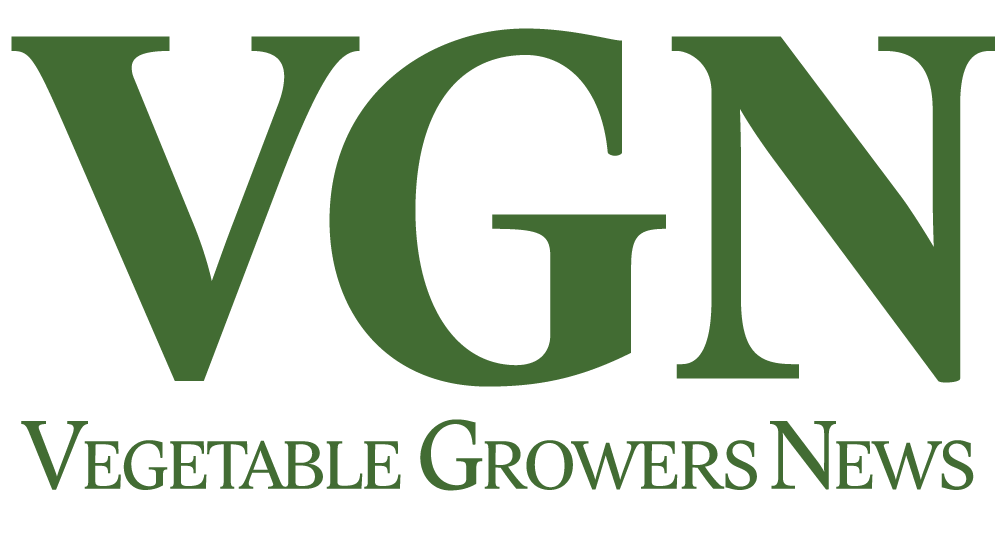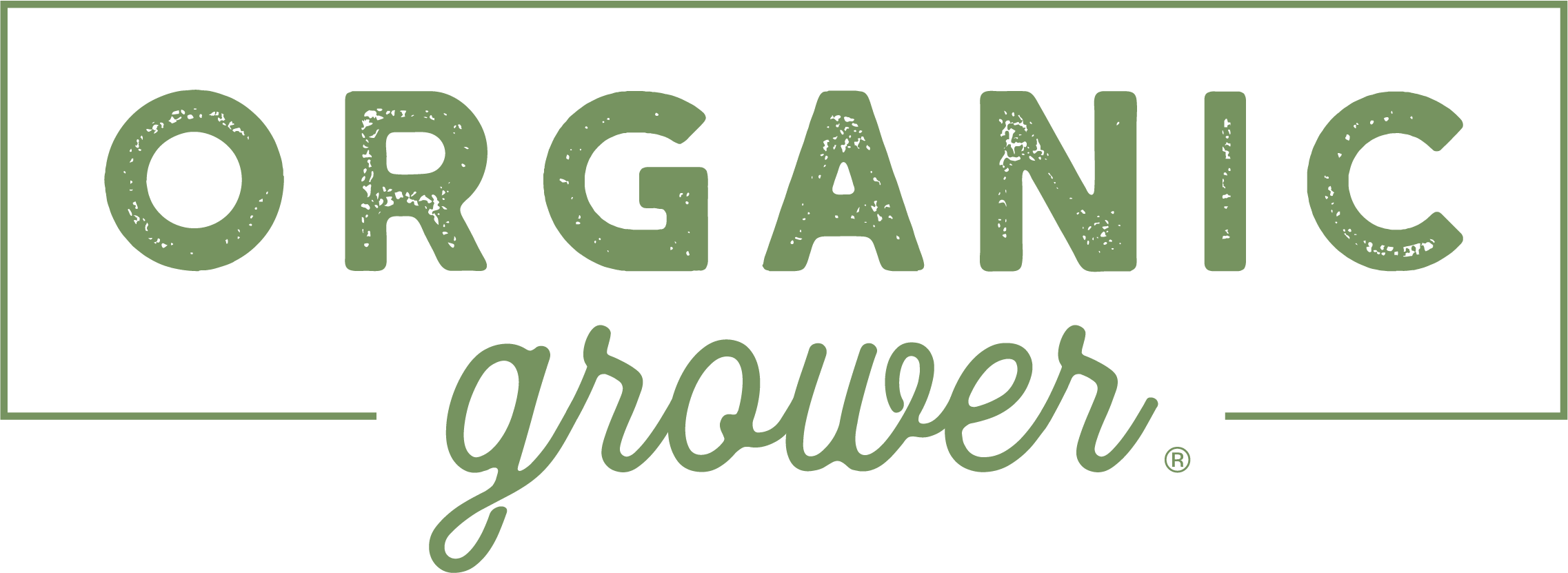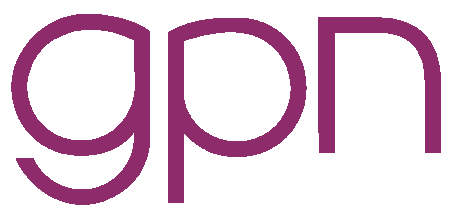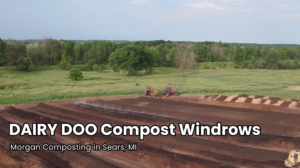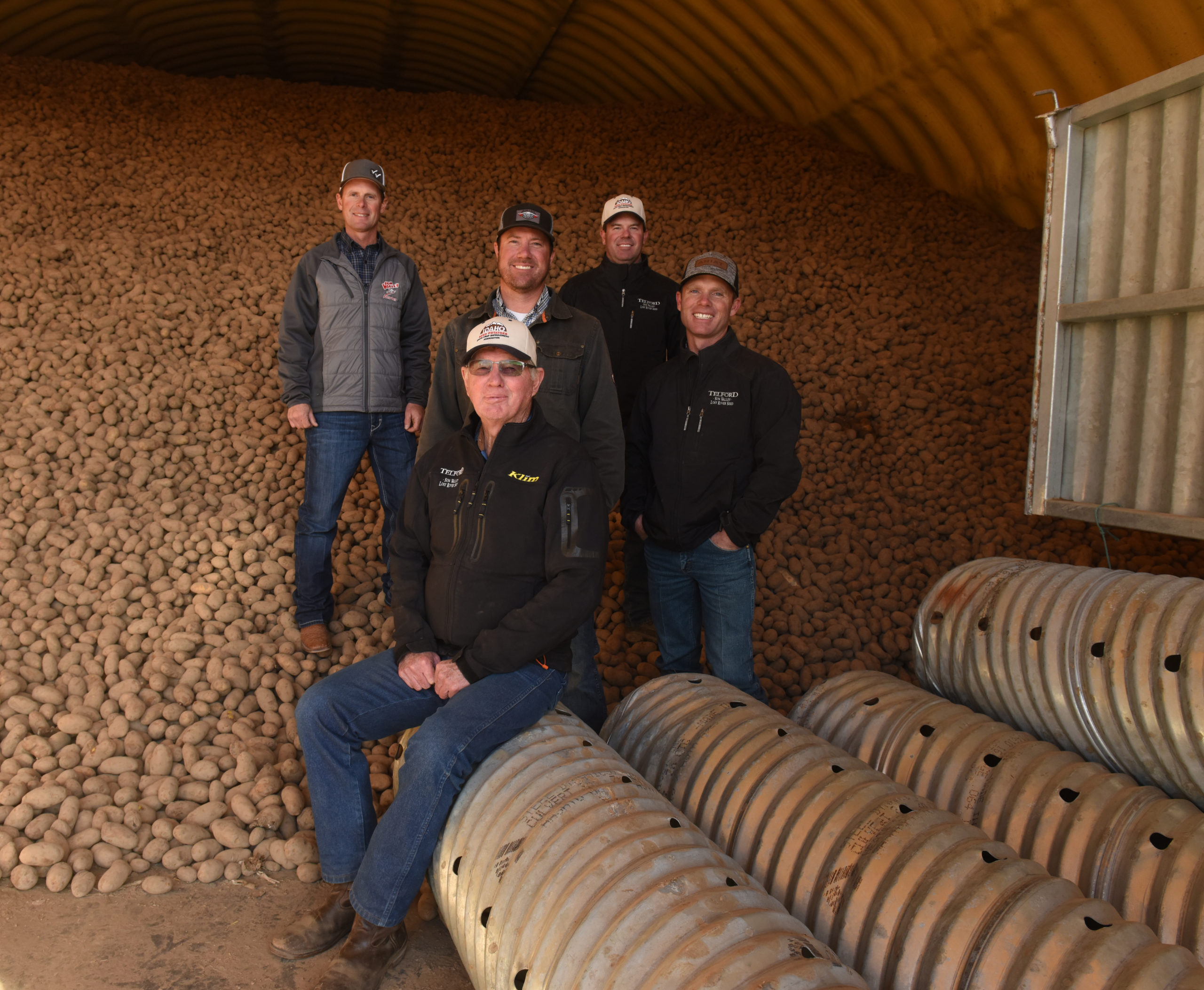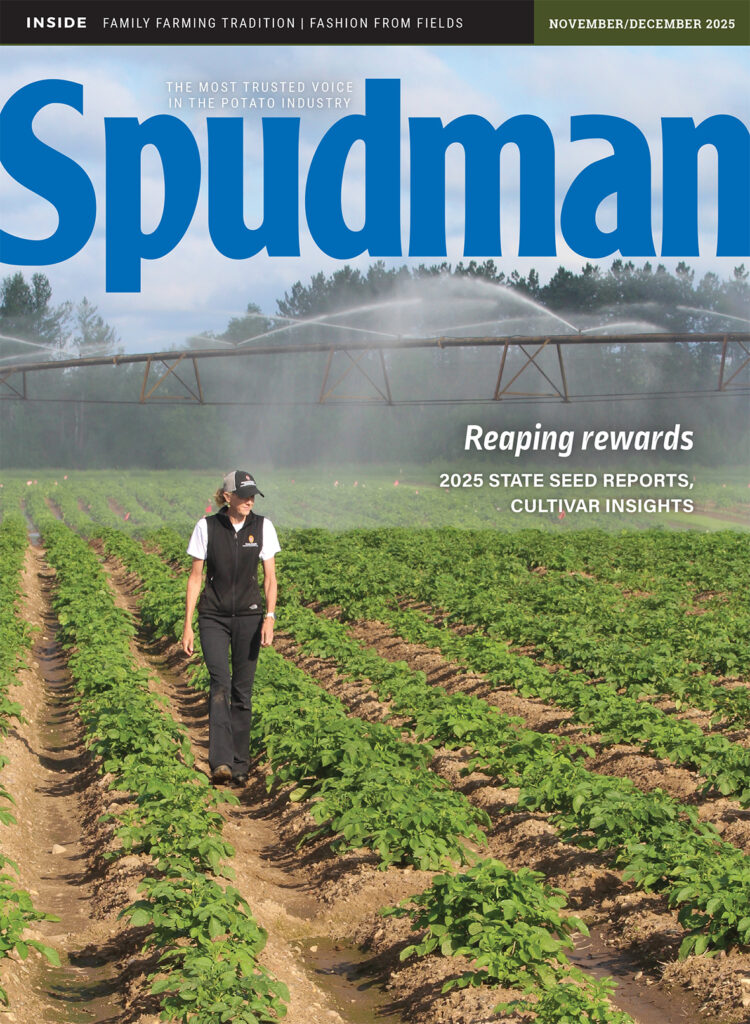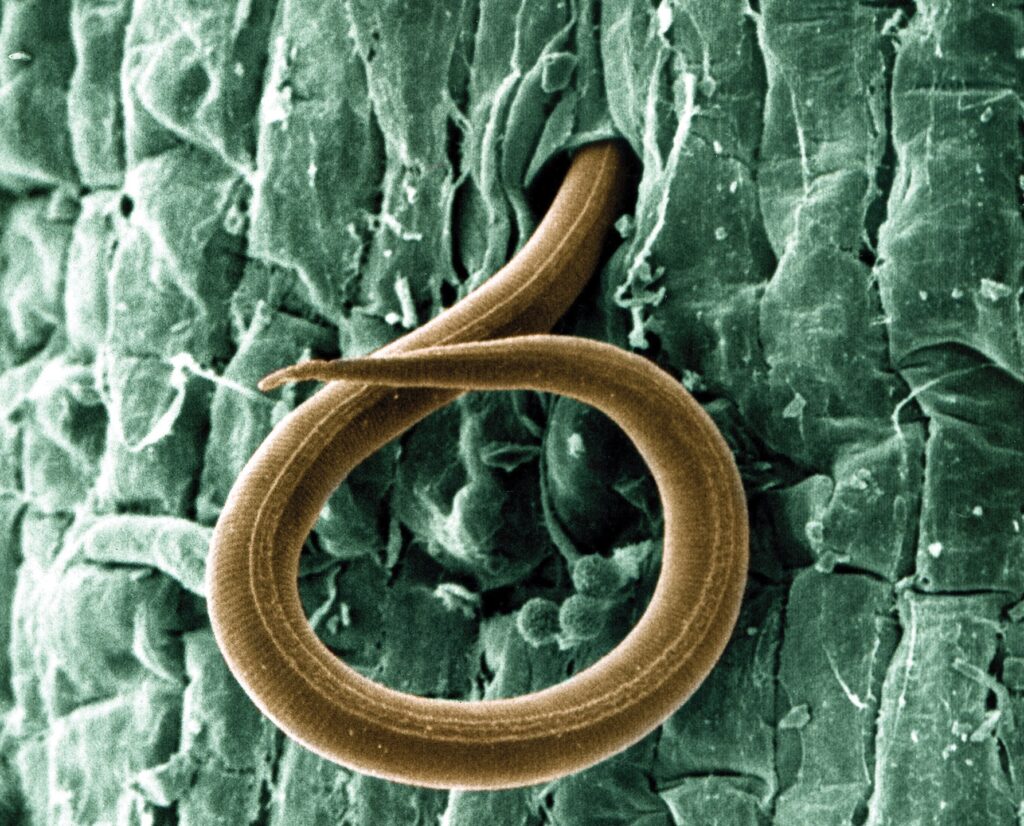
Automated nematode detective
Plant-parasitic nematodes (PPNs) are microscopic, non-segmented roundworms that pose a significant threat to potato production worldwide. If uncontrolled, PPNs can cause significant yield losses and compromise tuber quality, affecting marketability.
Most PPNs live in the soil, and since they are not visible to the naked eye and do not produce obvious above-ground symptoms, it is challenging for farmers to detect nematode problems in the field and accurately assess damage.
It is important to identify PPNs and count their population levels in the soil before planting. This information helps farmers decide which crops or cultivars to plant and which management options — such as crop rotation or nematicide application — to implement. Each year, farmers in the Pacific Northwest send thousands of samples to nematode diagnostic labs for nematode identification and quantification.
The typical process for nematode quantification involves extracting nematodes from the soil, identifying to the genus or species level and counting their numbers under a microscope. This morphology-based counting requires specialized nematology skills and is time-consuming.
Although molecular methods for nematode quantification exist, they are expensive and have not yet been scaled to a commercial level. Some of the major groups of PPNs of potato include root-knot nematodes, root lesion nematodes and stubby root nematodes. These nematodes appear very similar under the microscope to untrained eyes, but they do have subtle morphological differences.
AI TO THE RESCUE
The use of artificial intelligence (AI)-based tools may help to automate nematode identification and quantification, making the diagnostic process highly efficient and reproducible.
We are in an exciting time of rapid advancements in AI tools and techniques. Consciously or subconsciously, we are using AI tools in our daily lives, from face recognition in our cell phones to human disease diagnosis. Developing a robust AI-based algorithm for nematode detection requires training a system with thousands of nematode images.
With funding from the Northwest Potato Research Consortium (NPRC), plant pathologists and nematologists in Washington and Oregon and the AGNEMA Laboratory in Pasco, Washington, are working together to develop an AI tool to detect major groups of PPNs that pose challenges to potato production in the region.
We captured more than 7,000 images of root-knot, root lesion and stubby root nematodes as well as other PPNs and non-parasitic nematodes found in soil. Non-parasitic nematodes were included, as they are generally more common than PPNs, and the algorithm needs to differentiate these two groups to be applicable under real-world scenarios. The images were annotated at the pixel level and labeled to the respective categories to which they belonged. We then used these labeled images to train a state-of-the-art, segmentation-based algorithm, YOLOv11-seg.
This algorithm has learned to identify shapes, sizes, textures and subtle morphological differences of the nematodes from the images. It locates the pixels of each nematode, draws bounding boxes around the detected nematodes and produces their locations in the image along with the predicted nematode ID.
After training, the algorithm was tested on previously unseen nematode images to assess its performance. Based on the model’s performance on the test dataset, we found that the algorithm correctly identified nematode groups with an accuracy ranging from 88% to 94%, which is a very promising result for this type of complex problem.
We also employed the model to identify and count live, moving nematodes, and our results showed that the tool can be used for real-world nematode diagnostic work. The use of AI-based tools in nematode detection can help diagnostic labs to efficiently process large numbers of samples at a reasonable cost with reproducible results. The technology can be expanded to identify additional PPNs of potato and other crops as well.
The ultimate goal is to develop a fully automated system for detecting and quantifying PPNs accurately and provide the potato industry with a scalable tool for making faster, timely and more informed PPNs management decisions.
Authors: WSU’s Sudha GC Upadhaya, Cynthia Gleason and David Wheeler; USDA-ARS’ Inga Zasada and Timothy Paulitz, and AGNEMA’s Sam Chavoshi.

